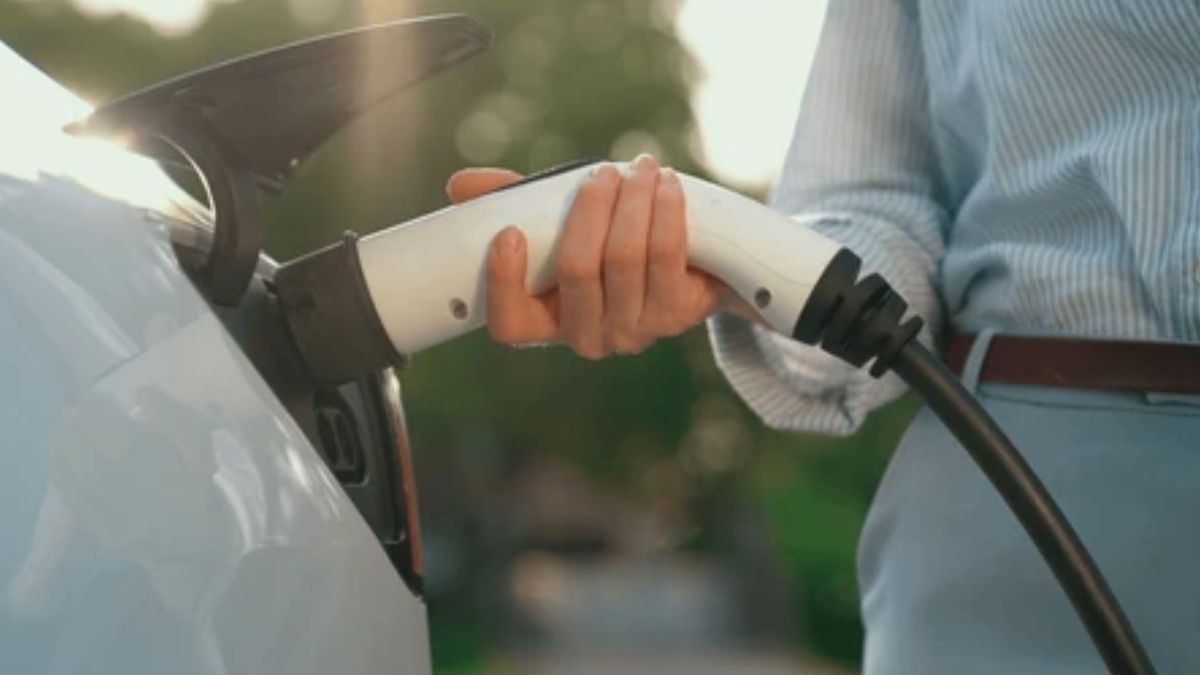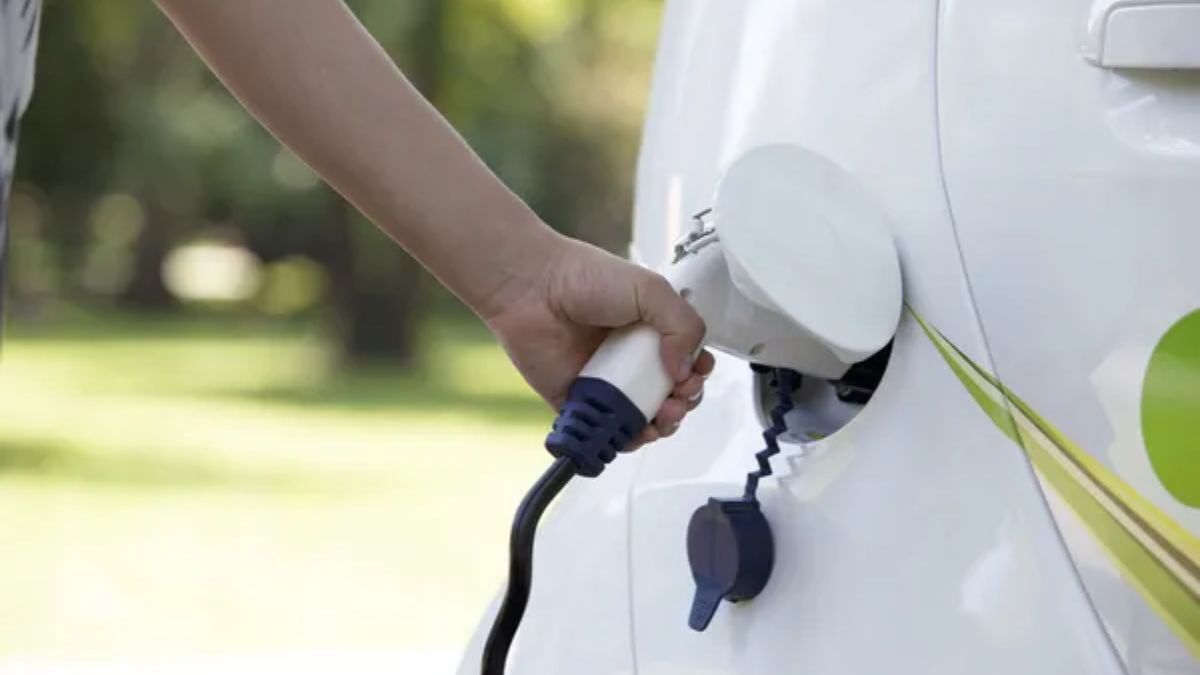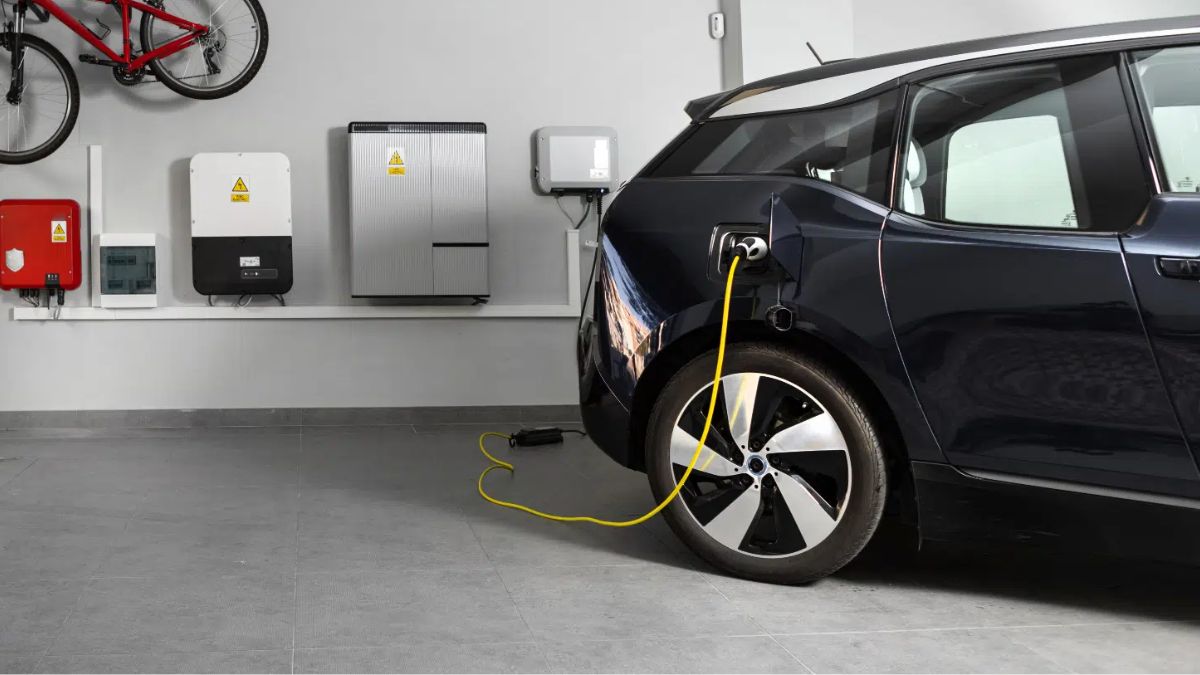
Electric motorcycles are transforming the way we think about transportation, blending cutting-edge technology with eco-friendly practices. Powered by innovative electric motors and batteries, they offer a silent, efficient, and thrilling alternative to traditional gas-powered bikes. This article dives deep into the world of electric motorcycles, exploring their components, how they work, and why they’re becoming the top choice for environmentally conscious riders. Whether you’re an enthusiast or just curious, this guide will illuminate everything you need to know.
What is an Electric Motorcycle?
An electric motorcycle is a type of vehicle powered entirely by an electric motor instead of a traditional internal combustion engine. Unlike gasoline-powered motorcycles, these innovative machines run on rechargeable batteries, offering a much cleaner, quieter, and more efficient ride.
The space where a gas-powered engine would sit is replaced by the electric engine, comprising the motor, controller, and battery. This shift eliminates the need for gasoline, making electric motorcycles an environmentally friendly choice.
Electric Motorcycles vs. gas Bikes
An electric motorcycle is a two-wheeled vehicle powered by an electric motor instead of a traditional internal combustion engine. Unlike gas-powered motorcycles, which burn gasoline to generate power, electric motorcycles use rechargeable batteries to supply energy to the motor. This change leads to a quieter, low-maintenance, and more environmentally friendly ride.
The key distinction lies in the components of an electric motorcycle: they don’t require engine oil, combustion chambers, or exhaust systems. Instead, they rely on electrical energy stored in the battery, making them a more sustainable choice.
Science Behind How Electric Motorcycles Work
To understand how electric motorcycles work, think of them as a system where energy is transferred seamlessly to propel the bike. The process involves three main stages:
Energy Storage:
The battery, typically made of rechargeable lithium-ion cells, stores electrical energy. Batteries in electric motorcycles are high-capacity and designed to provide enough power for long rides. They may also feature battery voltage optimization for performance.
Energy Control:
The controller acts as the brain of the system, regulating the flow of electricity from the battery to the motor. It ensures the motor receives the correct amount of power, depending on the rider’s input via the throttle.
Energy Conversion and Motion:
The electric motor converts the electrical energy into mechanical energy. This energy rotates the motor’s rotor, which drives the motorcycle’s rear wheel through a chain and sprocket system or directly in a hub motor setup.
This streamlined operation produces high torque at low RPMs, enabling quick and efficient acceleration.
Key Components of an Electric Motorcycle
The operation of an electric motorcycle relies on these essential components:
- Battery:
Stores the energy required to power the motorcycle. Modern batteries contain multiple cells and are designed for fast recharging. - Electric Motor:
Converts electrical energy into motion. Electric motorcycle motors are often brushless, offering higher efficiency and less maintenance. - Controller:
Modulates the power output from the battery to the motor, ensuring smooth acceleration and energy efficiency.
These components replace the traditional cylinder, clutch, and other moving parts found in gas-powered bikes, simplifying the design.
Role of the Battery in Power Generation
The battery is the cornerstone of an electric motorcycle’s operation. It stores the electrical energy required to power the motor and other systems. Here’s how it works:
- Energy Storage:
Batteries store energy in chemical form, which is later converted into electricity. Modern electric motorcycles use lithium-ion batteries, known for their high energy density and ability to recharge quickly. - Energy Delivery:
The battery delivers energy to the controller, which adjusts the flow to match the rider’s throttle input. - Recharging:
Batteries are designed for durability and can be recharged using standard outlets or fast-charging stations. Some systems also include regenerative braking, which converts the motorcycle’s kinetic energy back into stored energy.
The Electric Motor: How It Drives the Motorcycle
At the heart of every electric motorcycle is the electric motor, responsible for converting electrical energy into the mechanical energy needed to move the bike. Here’s a closer look:
- Operation:
When the rider engages the throttle, the motor receives power from the controller. The motor’s internal rotor begins to rotate, generating the torque required to drive the motorcycle. - Types of Motors:
Electric motorcycles typically use brushless motors for higher efficiency and low maintenance. Unlike traditional engines, these motors have fewer moving parts, making them more reliable and quieter. - Power Transmission:
The motor’s output is transmitted to the motorcycle’s wheels through a chain and sprocket or direct hub drive. This simple system ensures minimal energy loss.
The Controller: Managing Power and Performance
The controller is a critical component of an electric motorcycle. It ensures the motor receives the right amount of power, depending on the throttle input and road conditions. The controller uses advanced modulation techniques to optimize power delivery and improve efficiency.
- Power Modulation:
The controller adjusts the flow of electricity to maintain smooth acceleration and speed control. - Performance Optimization:
By managing energy distribution, the controller ensures a balance between performance and battery life, allowing riders to maximize range.
The Transmission System in Electric Motorcycles
Most electric motorcycles feature a simplified transmission system compared to their gas-powered counterparts. Many models eliminate the need for gears entirely, relying on a direct drive system. This design makes riding an electric motorcycle easier and more intuitive, as it doesn’t require clutch operation or frequent gear changes.
For motorcycles with gears, the system enhances acceleration and top speed, ensuring a balance between performance and efficiency.
How Regenerative Braking Works in Electric Motorcycles
Regenerative braking is a feature that sets electric motorcycles apart. When the rider applies the brakes, the system converts the kinetic energy into electrical energy, which is then stored in the battery. This process not only improves energy efficiency but also extends the range of the motorcycle.
Benefits of the Electric Motorcycle’s Operation
- Low Maintenance:
Electric motorcycles require significantly less maintenance because they have fewer moving parts compared to gas-powered bikes. - Silent Operation:
The absence of an exhaust system and combustion noise ensures a quieter ride. - Eco-Friendliness:
Electric motorcycles produce zero emissions, making them a more environmentally friendly choice compared to traditional vehicles.
Common Misconceptions
- Limited Range:
Modern electric motorcycles have ranges comparable to gas bikes, depending on the battery capacity. - Performance Issues:
Electric motorcycles offer impressive power and torque, often outperforming gas-powered models in acceleration. - High Costs:
While upfront costs may be higher, the low maintenance and fuel savings make electric motorcycles more economical over time.



